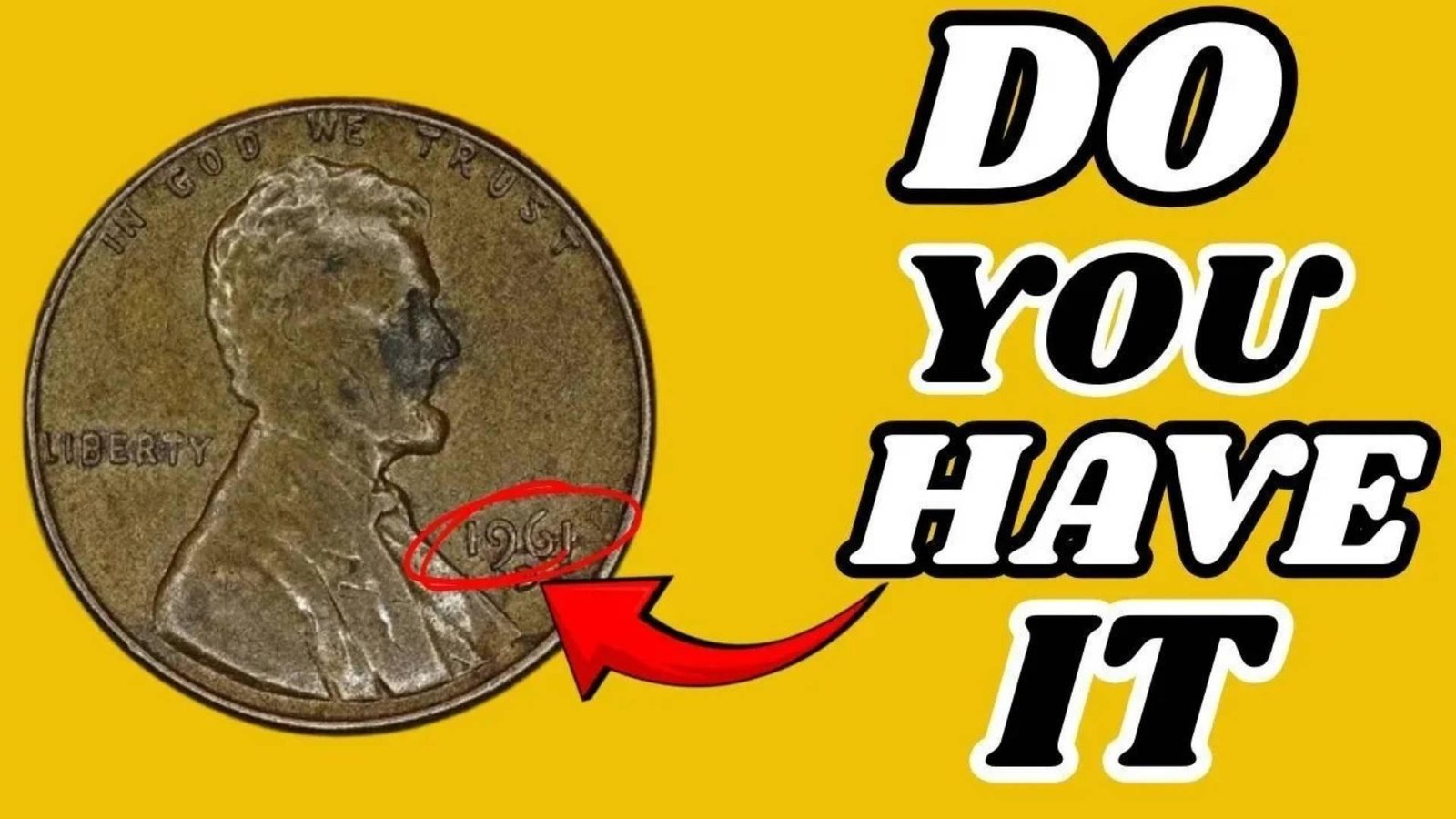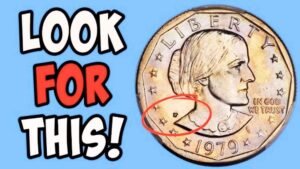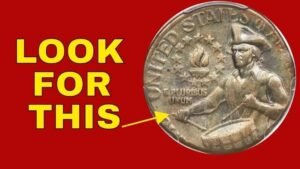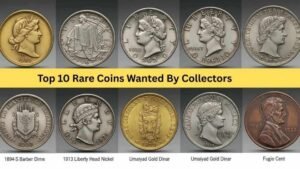Imagine grabbing a handful of spare change and spotting a Lincoln Wheat Penny—a coin that looks ordinary but could secretly be worth $144,000. Yes, you read that right. This humble copper coin, still turning up in circulation, might just be one of the most valuable pennies hiding in plain sight. Could you have one without knowing it? Let’s find out.
What Is the Lincoln Wheat Penny?
The Lincoln Wheat Penny, minted from 1909 to 1958, is one of America’s most beloved coins. Known for its two wheat stalks on the reverse and the portrait of President Lincoln on the front, this coin was created to celebrate Lincoln’s 100th birthday. But among the millions struck, a few rare varieties have become legends in the numismatic world.
A Glimpse Into Its History
Introduced in 1909, the Lincoln Cent was the first US coin to feature a real person’s portrait. Early minting errors, limited production runs, and unique die varieties led to several coins becoming highly sought after. Over the years, the Wheat Penny evolved from common change into a collector’s dream. And among them, some stand out as hidden treasures worth small fortunes.
Why This Penny Is Worth $144,000
So, what makes one Lincoln Wheat Penny worth $144K? It’s all about rarity, condition, and minting anomalies. Some versions—like the 1943 Copper Wheat Penny, mistakenly struck on bronze instead of steel—are incredibly scarce. Because most 1943 pennies were made of steel during WWII, a bronze version is a once-in-a-lifetime find.
Another standout is the 1955 Doubled Die Obverse, where misalignment during minting created a dramatic doubling effect on the date and inscriptions. Coins like these, especially in uncirculated condition, can fetch tens of thousands—or even six figures—at auction.
Rare Lincoln Wheat Pennies and Their Values
| Year | Variety / Error Type | Estimated Value | Notable Feature |
|---|---|---|---|
| 1943 | Bronze Planchet Error | $144,000+ | Copper color, not steel |
| 1955 | Doubled Die Obverse | $10,000–$100,000 | Doubled lettering and date |
| 1922 | No D Mint Mark (Weak D) | $5,000–$30,000 | Missing mint mark |
| 1909 | S VDB | $1,000–$3,000 | Designer initials visible |
| 1931 | S Mint | $100–$200 | Low mintage, high demand |
How to Spot the $144K Penny in Your Pocket
Collectors rely on mint marks, metal color, and design details to spot valuable Wheat Pennies. For example, a 1943 Copper Penny will appear brownish-red, unlike the silvery-steel standard version. A magnet test can help—steel pennies stick to magnets, copper ones don’t.
Checklist for Identifying Valuable Wheat Pennies:
- Check the Date: Focus on 1909-S VDB, 1914-D, 1922 No D, 1943 Bronze, 1955 Doubled Die
- Inspect Mint Marks: “S” = San Francisco, “D” = Denver, “No Mark” = Philadelphia
- Look for Errors: Doubling, missing letters, or unusual coloration
- Use a Magnet: If it sticks, it’s steel; if not, possibly bronze
- Verify with Experts: Get certified by PCGS or NGC before selling
Quick Comparison – Steel vs. Copper 1943 Pennies
| Feature | 1943 Steel Penny | 1943 Copper Penny |
|---|---|---|
| Color | Silvery-gray | Reddish-brown |
| Magnetic | Yes | No |
| Composition | Steel with zinc | Bronze (Copper) |
| Estimated Value | 10¢ | $144,000+ |
Expert Insights for Collectors
Professional numismatists recommend checking every Wheat Penny you come across. Most valuable finds were discovered in ordinary circulation—change jars, coin rolls, or inherited collections. If you spot unusual features, handle the coin carefully and seek a professional appraisal.
Experts also warn against counterfeits. Many fake 1943 copper pennies are just steel coins coated in copper. Authentic versions should be professionally graded before any sale.
Frequently Asked Questions
Q: Can I still find Wheat Pennies in circulation?
A: Yes. Though rare, Wheat Pennies still appear in pocket change, coin rolls, and bank boxes.
Q: How do I sell a valuable penny?
A: Use trusted platforms like Heritage Auctions or consult a certified coin dealer.
Q: Are all Wheat Pennies valuable?
A: No, most are worth 2–10¢, but key dates and mint errors are the ones to hunt.
Conclusion: Could You Be Holding a Hidden Treasure?
That jar of old pennies could be more than loose change—it might contain a $144,000 Lincoln Wheat Penny. The thrill of discovery makes coin collecting exciting, and with patience, you might just uncover a fortune hiding in plain sight. Check your coins, stay curious, and who knows—your next penny could be priceless.




